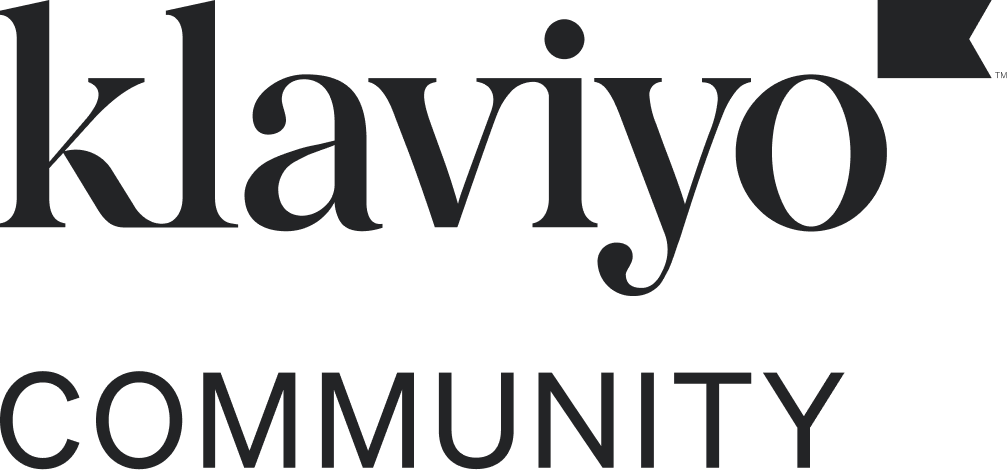Hey @babyteeth, that's a common challenge with Unbounce and Klaviyo's native integration. Here's how you can achieve separate Klaviyo lists for your multiple Unbounce landing pages:
1. Hidden Fields: Add hidden form fields (unique value for each page) to your Unbounce forms.
2. Submit Hidden Data: Ensure these hidden field values are submitted with the form data via the Klaviyo webhook.
3. Klaviyo Segments: Create Klaviyo segments based on the hidden field values (e.g., "list1" for users who submitted with "list1" hidden field).
Benefits: Simple, flexible, and no extra integrations needed.
This approach gives you control without extra complexity. Remember to test thoroughly to ensure subscribers are added to the correct Klaviyo lists based on your hidden field setup.
Thank you @Sujal
I think I have step 1 and 2 complete, but am getting stuck on the klaviyo segment...which definition should I use and where do I enter the hiddent field value?
@Sujal I was able to find the hidden field on klaviyo once i submitted a test form on Unbounce so that’s good...but it’s adding that email to the original list from my original webhook. Any way it can just keep the email in the segment and not put it in the original list?
@babyteeth Email addresses have to be associated to a list because segments are dynamic based on the conditions set. When someone no longer meets the segment criteria, they’ll be removed from the segment but their profile will still be associated with the list.
